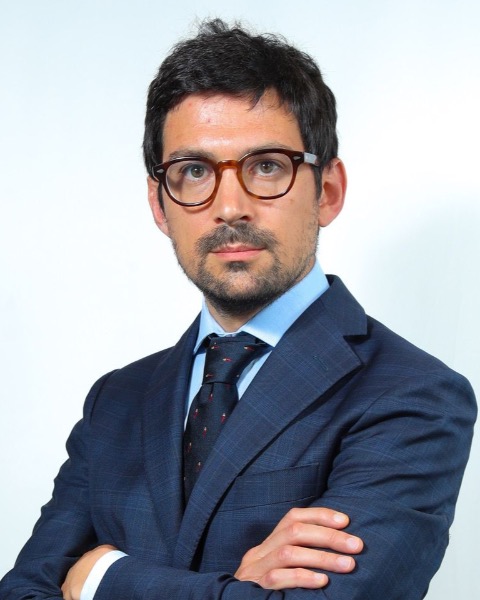Education/Quality/Wellness
Category: Scientific Abstract: Oral/Poster
A smartphone APP to monitor the postoperative course after discharge in patients who received a thoracic surgery procedure: a pilot project.
P. Bertoglio1, E. Garelli1, J. Brandolini1, P. Solli2
1IRCCS Azienda Ospedaliero Universitaria di Bologna, Bologna, Emilia-Romagna 2IRCCS Azienda Ospedaliero-Universitaria di Bologna - Policlinico di Sant'Orsola, Bologna, Emilia-Romagna
1IRCCS Azienda Ospedaliero Universitaria di Bologna, Bologna, Emilia-Romagna 2IRCCS Azienda Ospedaliero-Universitaria di Bologna - Policlinico di Sant'Orsola, Bologna, Emilia-Romagna

Pietro Bertoglio, MD (he/him/his)
Consultant in thoracic surgery
IRCCS Azienda Ospedaliero Universitaria di Bologna
Bologna, Emilia-Romagna, Italy
Presenting Author(s)
Disclosure(s):
Pietro Bertoglio, n/a: No financial relationships to disclose
Purpose: In recent years, the use of smartphones has significantly increased among the population of almost every age.
The purpose of our work is to analyze the impact of an app that follows up the progress of patients who underwent a thoracic surgery procedure in the first 30 days after discharge.
Methods: We prospectively analyzed all the patients involved in the app project, which began at the end of February 2022 and is currently underway.
The app is downloaded and activated by the patient preoperatively. From the day of the discharge, the app sends questions related to pain perception, breathing capacity, general clinical conditions, problems with surgical wound and quality of life; questions are sent every day for the first15 days from discharge and then every 4 days until the 30th day. In the event of responses that may indicate a problem for the patient, an email is sent to the clinical staff with an orange (medium problem) or red (serious problem) alert.
The type of intervention, the characteristics of the patients and the rate of use of the app were recorded.
Results: At the date of abstract submission, 57 patients were involved in the study. Among them, 42 had completed the 30-day period.
The mean age of patients was 59.4 years (range 19-82), 36 (62.1%) were female. Most of the patients underwent a pulmonary resection (44, 75.9%), 2 (3.4%) thymectomy. Minimally invasive techniques (VATS or RATS) were used in 44 cases (93.1%). Mean in-hospital stay was 4.3 days.
Out of 2477 questions asked, the completion rate of the answers given by the patients was 78.0% (1932).
To date, a total of 379 orange alerts and 25 red alerts were highlighted by the app(table 1); the majority of them were managed through direct contact with the patient, while in two cases a re-hospitalization was needed (in one case for reason related to our surgical procedure) and in two cases patients required an extra outpatient visit to solve the problem. Both the number of orange alerts and of red alerts were significantly higher in the first week after discharge than in the other weeks (p=0.001 and 0.006 respectively).
The 42 patients who completed the app's period of operation judged it globally as useful in the management of convalescence (average rating 7.6 out of 10).
Conclusion: The use of an app to monitor the postoperative course in thoracic surgery can prevent unexpected re-hospitalization and possible complications; it helps clinician to maintain real-time feedback over patients’ condition. Patients appreciated the use of this toll and they found it useful for a safer postoperative recovery.
Identify the source of the funding for this research project: None
